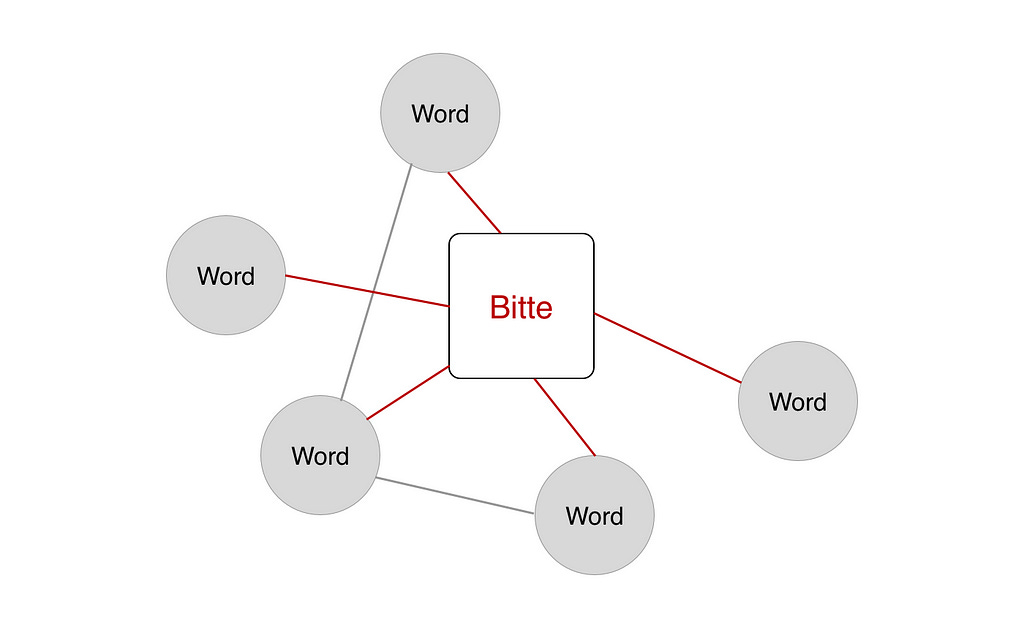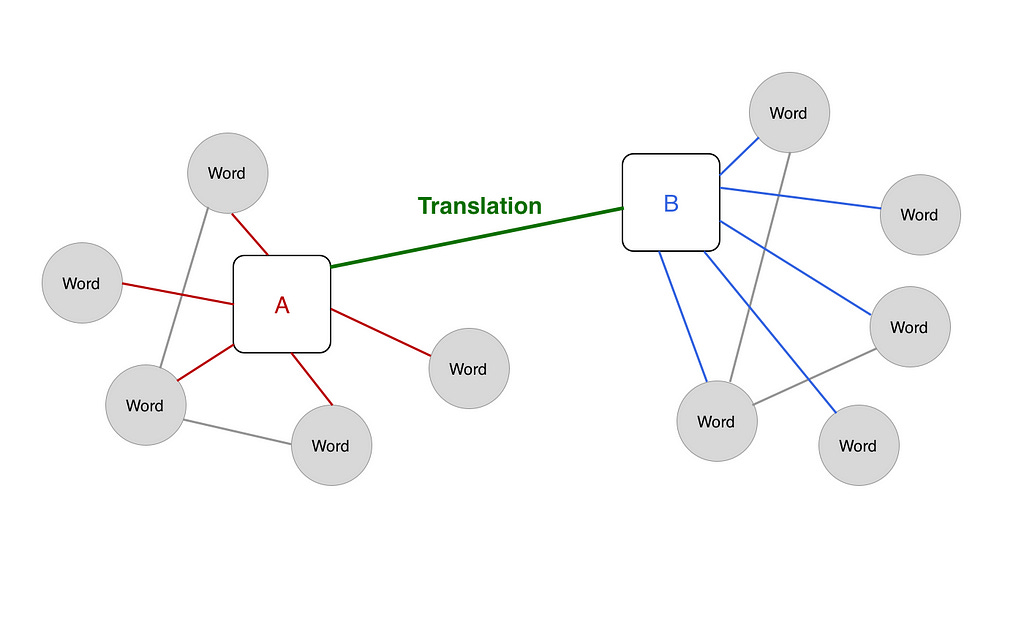Learn a foreign language the hard (right) way
Usually, we use our native tongue and translation as assistants when we learn a foreign language. Most times it works great. For example, you call the furniture that has a plank and four legs “Table” if your mother tongue is English. When you encounter the German word “Tisch”, you look up in the dictionary and find that the translation of “Tisch” is “Table”, then you understand the new German word and will use it correctly.
However, many other words are not so simple as “Table”. For instance, “Bitte” is a complex German word, it could mean “please”, “you’re welcome”, or “wish” as a noun. If we learn “Bitte” the same way as we learn “Table”, we might want to find the “meaning” of “Bitte” and look for its counterpart in English.
But for words like “Bitte”, there is no “meaning” (such as something has a plank and four legs for the word “Tisch”) outside the word. The meaning of “Bitte” is how we use it. The explanation in the dictionary is merely a poorly written abstract summary. You have to list all the usages of “Bitte” if you want to know the exact meaning of it.
So what does the combination of the five letters “B”, “i”, “t”, “t”, “e” mean? Well, the combination of the five letters is the “name” of the word. In the game of chess, there is a piece named “Queen”. Does “Queen” mean that specific piece of wood? Apparently not. If you lost that piece, you could just replace it with a wine cork and call it “Queen”. It won’t invalidate the game. The “meaning” of “Queen” is not that piece of wood, but how we move it according to the rules of the game.
Assuming all German-speaking people forget how to spell “Bitte” and use “Bixxe” instead, the “meaning” of “Bitte” will still be there. Only the “name” of “Bitte” will be changed.
So the meaning of “Bitte” is not an external object like “a plank with four legs”, but its usages in the sentences and its relationship with other words. The meaning is the red lines in the following illustration:
Learning by translation means you tend to find the counterpart in your native language whenever you encounter a new word. Let’s use “A” for the new word in the foreign language and “B” for the translation in our mother tongue:
Translation means to create a connection between “A” and “B”. As mentioned above, the meaning of the word is its usage. The usage of “B” in your mother tongue is almost always different from the usage of “A” in the foreign language. With translation, you’re trying to replace the “name” of “B” with “A” and stick to the usage of “B” when you are using “A”. In the last illustration, that means you will use the blue lines with “A” while you should use the red lines.
That’s why you can never think in a foreign language if you always look for the translation. With the translation, you’re not learning the foreign language, but repeat your native language with different names.
It’s easier to use the translation when learning a foreign language, because you can spend more time with your mother tongue and still have the feeling that you’re learning. But if you truly want to learn a foreign language and gain another perspective from it, you should reduce the translation as much as possible. For example, if you’re a native English speaker and want to learn German, here are some advice to lessen the translation:
Use a German-German dictionary, not a German-English one.
Don’t use subtitles while watching a movie. (In case you can’t understand, use a German subtitle.)
Don’t ask “What does XXX mean?”. Ask “Was bedeutet XXX?”. For the latter question, you’ll probably get a German answer.
Learn a foreign language this way is much harder and also slower, but it worth it. Language is not only a tool to help us acquire new knowledge, but also a way of life. Thinking in a new language will change your view and then change your action and your life.
If you’re interested in languages, I recommend the book Wittgenstein: The Duty of Genius, the biography of my favorite philosopher Ludwig Wittgenstein. It’s not about how to learn languages, but you can get lots of insights from Wittgenstein’s thoughts.





